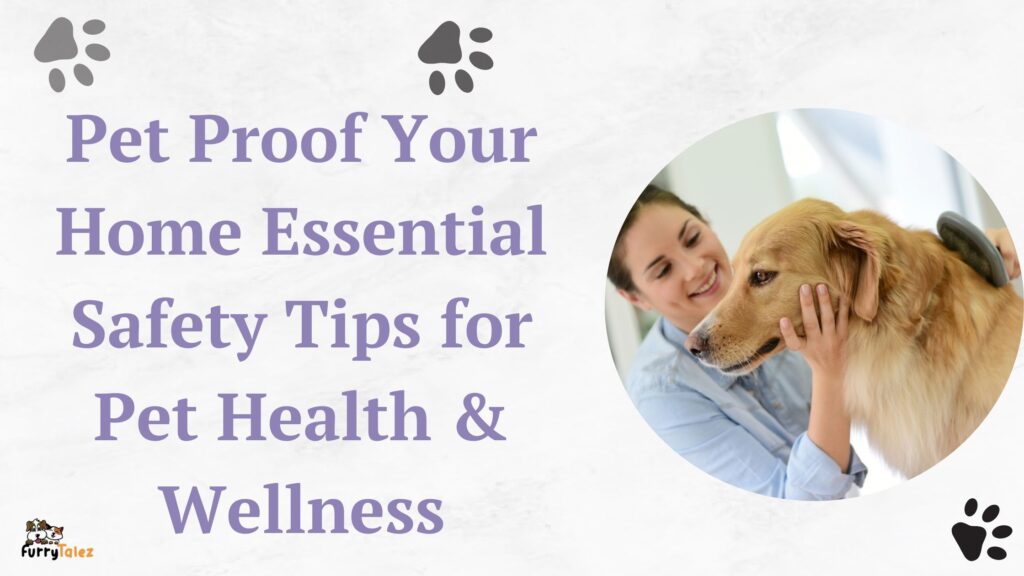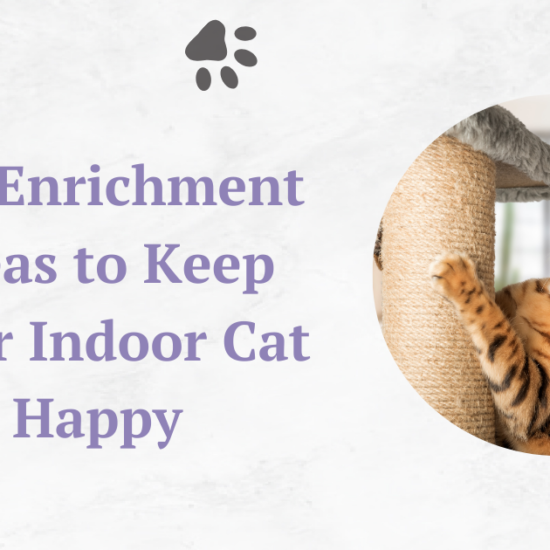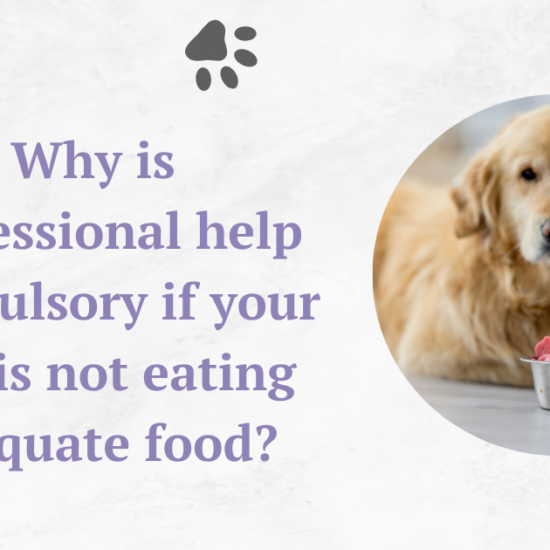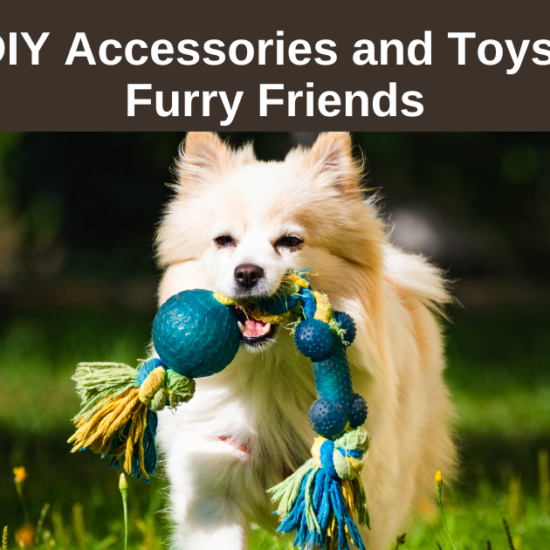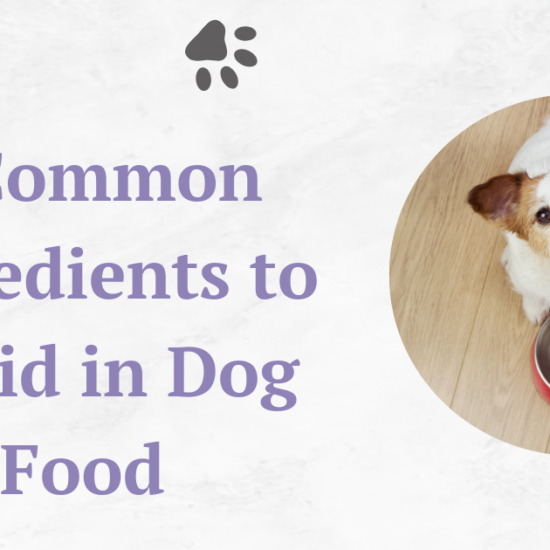Our pets hold a special place in our hearts as cherished members of our families. Their health and well-being are of the utmost importance to us. We strive to provide them with loving homes filled with comfort and security.
Table of Contents
Introduction
However, even in the most caring environments, accidents can happen. Pets are naturally curious creatures, and their explorations can sometimes lead them into unexpected trouble. Understanding potential hazards within our homes is the first step towards creating a truly safe space for our furry companions.
Pet-proofing our homes doesn’t have to be complicated or overwhelming. By making a few simple adjustments, we can significantly reduce the risk of accidents and keep our pets healthy. This proactive approach is a key aspect of responsible pet ownership and demonstrates our commitment to their overall well-being.
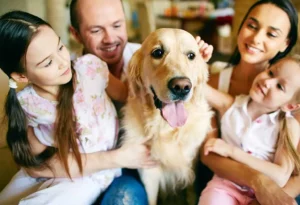
In this guide, we’ll explore the essential steps you can take to create a pet-safe haven. Discover how to identify potential dangers, implement preventative measures, and be prepared in case an emergency arises.
Keep Hazards Out of Reach
Pets are naturally curious, and sometimes that curiosity leads them to investigate things they shouldn’t. Here’s a breakdown of the most common hazards to keep safely out of your pet’s reach:
Toxic Foods: Many foods we enjoy can be harmful or even fatal to pets. Chocolate, grapes, raisins, onions, garlic, xylitol (a sugar substitute), and macadamia nuts are just a few examples. Keep these tempting treats out of sight and secure in pantries or containers.

Medications: Both human and animal medications pose a danger if ingested. Even medications seemingly safe for one pet species can be extremely toxic to another. Always store pills in childproof containers, out of reach on high shelves or in cabinets.

Household Chemicals: Cleaners, detergents, antifreeze, paints, and other chemicals can cause serious illness or injury. Secure these in locked cabinets or high storage areas pets can’t access.
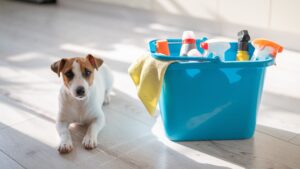
Small Objects: Coins, batteries, children’s toys, jewelry, and other small items are choking hazards. Be vigilant about picking up objects off the floor and keeping them out of your pet’s reach.

Note: There might be affiliate links mentioned here. We may receive a commission if you purchase a product through an affiliate link. There is no additional charge for you. Please do your own research before making any online
Secure Potential Dangers
Beyond keeping specific items out of reach, it’s crucial to address potential dangers within your home’s structure:
Electrical Cords: Pets, especially puppies and kittens, might be tempted to chew on electrical cords. This poses a serious electrocution risk. Solutions include using cord covers, hiding cords behind furniture, or applying pet-safe deterrents (like bitter-tasting sprays) to discourage chewing.

Trash Cans: Pets are natural scavengers, and an open trash can is an invitation for trouble. They may ingest spoiled food, toxic items, or sharp objects like bones. Secure trash cans with tight-fitting lids or keep them within latched cabinets.

Windows and Doors: Unscreened windows or doors left ajar pose risks for falls or escapes. Install secure screens on all windows and invest in pet-proofing window treatments to prevent entanglement in cords. Keep doors closed when pets are unsupervised.
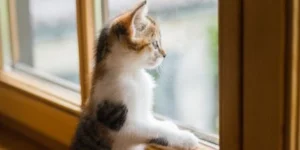
Plants: Many common houseplants can be toxic to pets if nibbled on. Lilies, aloe vera, pothos, sago palms, and many others can cause symptoms ranging from mild irritation to organ failure. Research any houseplants you have or consider replacing them with pet-safe options.

Supervise and Train Your Pet
Even in the most pet-proofed home, supervision and training are key components of pet safety. Here’s how to teach your furry friend good habits:
Crate Training: A crate can be a valuable tool when used correctly. It provides a safe space for your pet when you’re not able to supervise them directly. This can be particularly useful to prevent them from accessing hazards while you are cooking, cleaning, or out of the house.
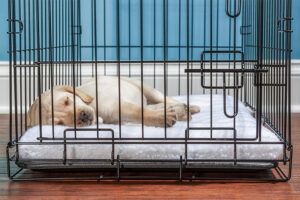
Basic Commands: Commands like “sit,” “stay,” and “leave it” can help in potentially dangerous situations. For example, “leave it” can stop a pet from investigating a dropped pill, and “stay” can prevent them from dashing out an open door.
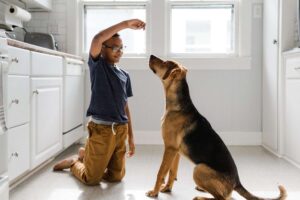
Off-Limit Zones: Teaching your pet designated “off-limit” areas can prevent accidents. This could include the kitchen during meal prep, rooms with potential hazards, or furniture you want to protect. Consistency in reinforcement is key.

Important Note: Supervision is especially crucial for puppies, kittens, or new pets still learning the ropes.
Additional Pet Safety Considerations
Beyond the immediate hazards within your home, it’s essential to be mindful of these broader safety concerns:
Outdoor Hazards: Your yard or neighborhood can present dangers as well. Fertilizers, pesticides, antifreeze spills, poisonous plants (like mushrooms), and encounters with wildlife can all harm your pet. Supervise outdoor time, especially for cats, or create a secure, enclosed outdoor space for them to enjoy.
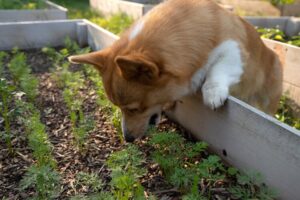
Pet First-Aid Kit: Accidents happen even with the best precautions. Assemble a basic pet first-aid kit with:
Gauze and bandages
Antiseptic wipes or solution
Tweezers
Styptic powder (to stop bleeding nails)
Hydrogen peroxide (to induce vomiting ONLY under a vet’s direction)
Digital thermometer
Important phone numbers: Your veterinarian, emergency animal hospital, pet poison control hotline.
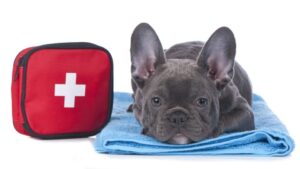
Microchipping and Identification: A microchip with your updated contact information is the best way to ensure your pet is returned to you if they get lost. Make sure they always wear a collar with updated ID tags as well.

Conclusion
By taking proactive measures to create a pet-safe home, you’re giving your furry companions the best chance for a long, healthy, and happy life. Remember, prevention is key when it comes to pet health care and wellness. A few simple adjustments to your environment and routines can make a world of difference in keeping your pets safe.


